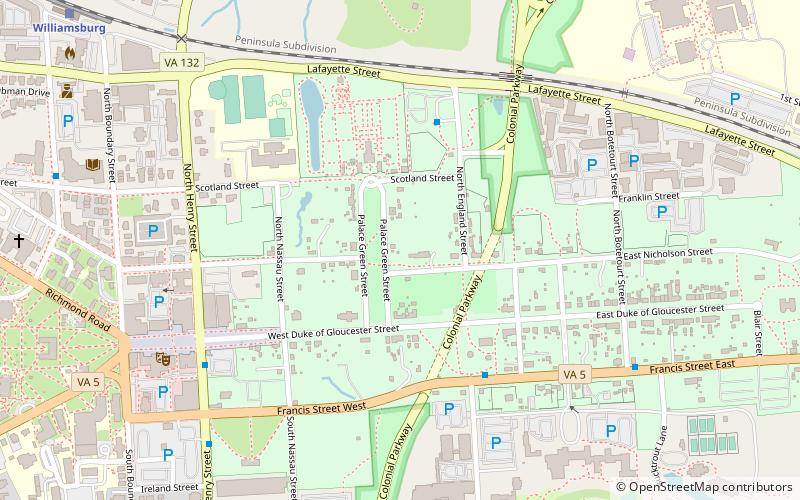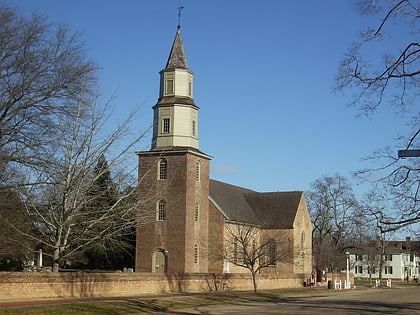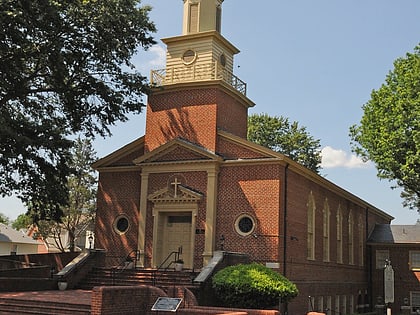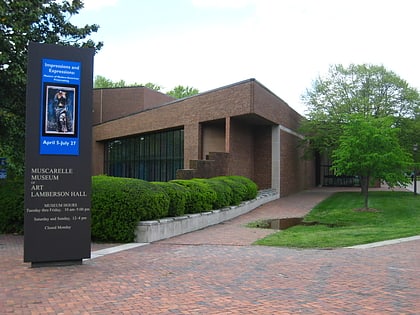St. George Tucker House, Williamsburg


Facts and practical information
The St. George Tucker House is one of the original colonial homes in Historic Williamsburg. It was built in 1718–19 for William Levingston. The house eventually came into the hands of St. George Tucker who had moved from Bermuda to Williamsburg. Tucker was a lawyer and professor of law at the College of William and Mary and later became a state and federal judge. In 1796, Judge Tucker wrote a controversial pamphlet addressed to the General Assembly of Virginia. In it he laid out a plan to end slavery in Virginia because "the abolition of slavery was of great importance for the moral character of the citizens of Virginia." He is also famous for his 1803 edition of "Blackstone's Commentaries" which has become an indispensable American law text. ()
St. George Tucker House – popular in the area (distance from the attraction)
Nearby attractions include: DeWitt Wallace Decorative Arts Museum, Governor's Palace, Bruton Parish Church, Peyton Randolph House.
Frequently Asked Questions (FAQ)
Which popular attractions are close to St. George Tucker House?
How to get to St. George Tucker House by public transport?
Bus
- Armistead Ave & Scotland St • Lines: 2, 5, 6 (11 min walk)
- Colonial Williamsburg Visitor Center • Lines: 3 (12 min walk)
Train
- Williamsburg (13 min walk)











